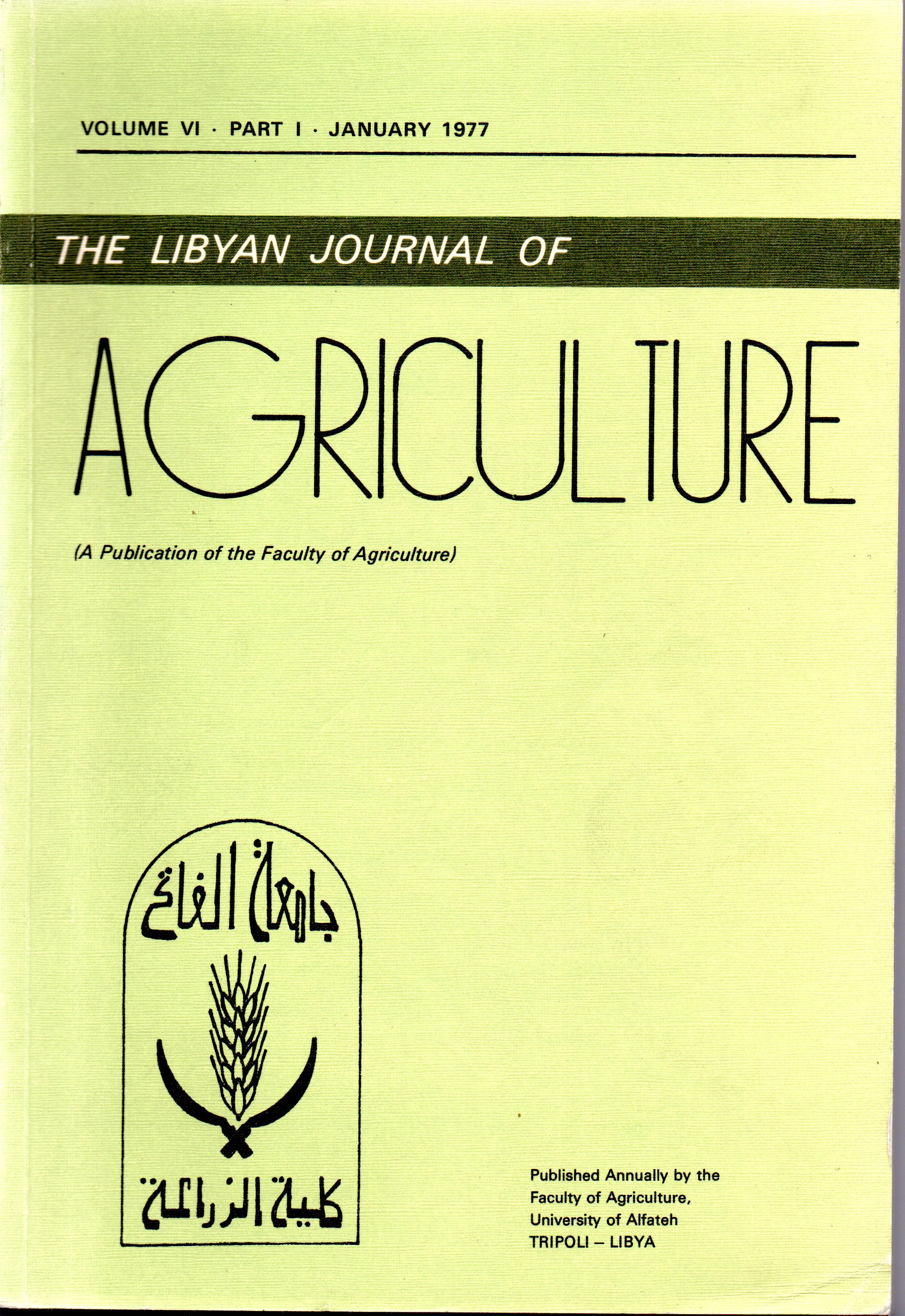Observations on the Parasitic Behaviour of Thesium Vahi. (Santalaceae). I. Hosts and Mode of Attachment of Haustorial Structure
Main Article Content
Abstract
This paper deals with Thesium humile var. maritima simps, which occurs as a weed in both grassland and arable crops. This species is a hemiparasite in Santalaceae which is not highly specialized, as it forms connections with a wide range of host species, namely, Artemisia campestris L., Plantago albicans L., Launaea residifolia (L. emend. Cross) Kuntze, Medicago littoralis Rhode ex Loisel, Polygonum equisetiforme Sibth. and Sm., Bromus rigidus Roth. Lolium perenne L. Setaria glauca(L.) P. Beauv., and the most important of all; Hordeum vulgare L.
The development of Thesium haustorium on Hordeum vulgare L. was followed and described in detail. The mature fully formed Thesium haustorium on Plantago albicans L. was also described. In spite of the minor differences in the haustoria in the above two species, Thesium haustorium, as far as studied, showsail the features characterizing the Santalalean haustorium.
In Thesium self-parasitism is of common occurrence. Self haustoria which connect with either the roots of different Thesium plants or with the roots of the same plant was also recorded.

